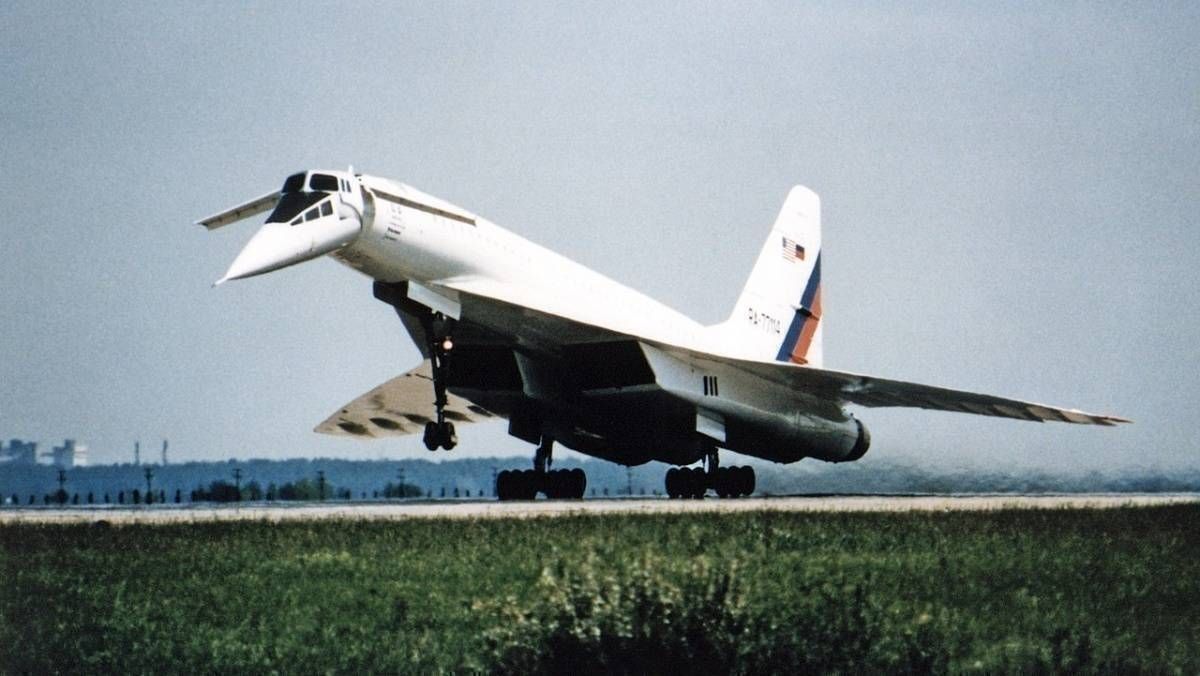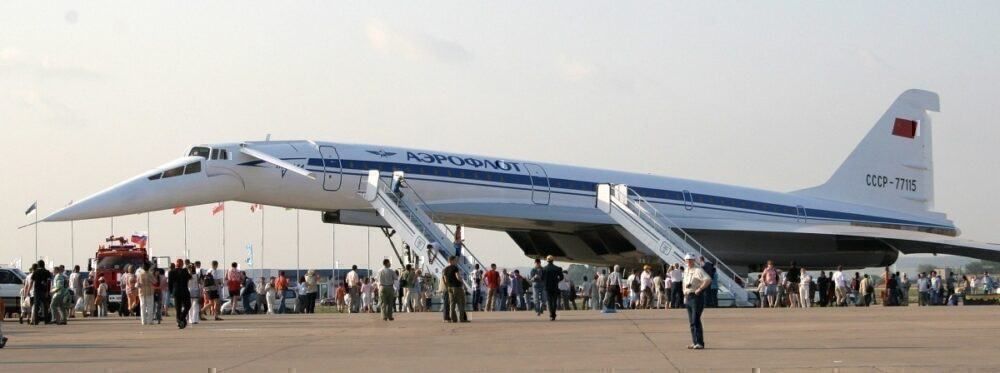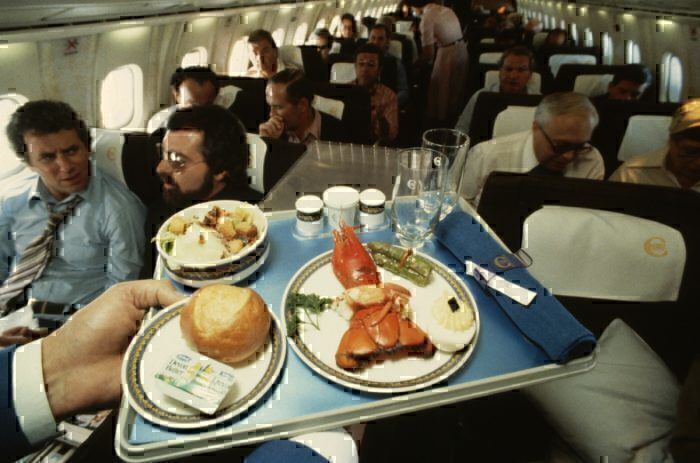Before the Concorde, there was the Tu-144. The Soviet Union's answer to supersonic travel was unexpected, rudimentary, and full of flaws, but it captured the heart of a nation and earned its place in the history books in 1968 as Concordes' true rival.
What was the Tu-144?
In this topic series, we have already touched on the Concordes two potential rivals, the NAC-60 and the Boeing 2707, but both of these were American designs. What about a rival from the other side of the iron curtain, the Tupolev Tu-144?
Unlike the other designs, the is no need for speculation in this article as the Tu-144 was actually built, flown, and used in active commercial service. You can read about its fascinating story to beat the European Concorde to the skies here.
Here are its specifications:
- The aircraft contained a crew of three, a single commander, and two flight engineers.
- The Tu-144 carried 140 passengers onboard, with 11 in first class and 129 in economy.
- It would fly at a stunning Mach 2.15 (2,300 km/h or 1,429 mph).
- But it only had a range of 3,500 nautical miles (6,500 km), 400 nautical miles shorter than the Concorde.
The Tu-144 only ever flew one route, Moscow to Almaty once a week with just 14 production models built.
What flaws did the aircraft have?
The Tu-144 was an absolute fuel guzzler and had a shorter range than the Concorde. This was due to the fact that it had to deploy its afterburners at all times to maintain flight. This is different from the Concorde, which only used them at certain times during flight. The aircraft had an "old-school-cool" vibe in the sense that it did not have any computers onboard and no autopilot technologies (unlike the state of the art Concorde).
One of the more interesting flaws of the aircraft was that there was very little in the way of passenger comforts. We have all seen the photo of a lobster dinner being served on a Concorde (see below), but we can assure you that such luxuries did not exist on the Tupolev express. In fact, it was reported that the engines were so loud that the aircraft rattled like crazy, requiring passengers to pass notes in order to talk to each other.
Why did the Tu-144 fail?
In 1973, a Tu-144 crashed at the Paris Air Show after attempting a maneuver that was considered risky. This killed all on board and several innocent people in their homes. They would blame the French for following too closely with a fighter jet (apparently to take photos), but this was never proven.
Then in 1977, the Soviet Union asked for several components to help maintain the Tu-144 fleet from Britain. Concerned that these items would be reversed engineered and used in the production of fighter aircraft, the Western government declined and in a political move, published the request. This embarrassed the team behind the Tu-144 and sunk its reputation.
Finally, in late 1978, a Tu-144 on a delivery trip for Aeroflot crashed. Aeroflot decided to ground the entire fleet and so it never took off again for passenger services. From there the aircraft was used for research and cargo flights and finally retired in 1999.
The Tu-144 is arguably a very successful supersonic transport and we can only imagine what might have happened had the Soviet Union fixed its flaws.
What do you think? Would you fly in a Tu-144? Let us know in the comments.



